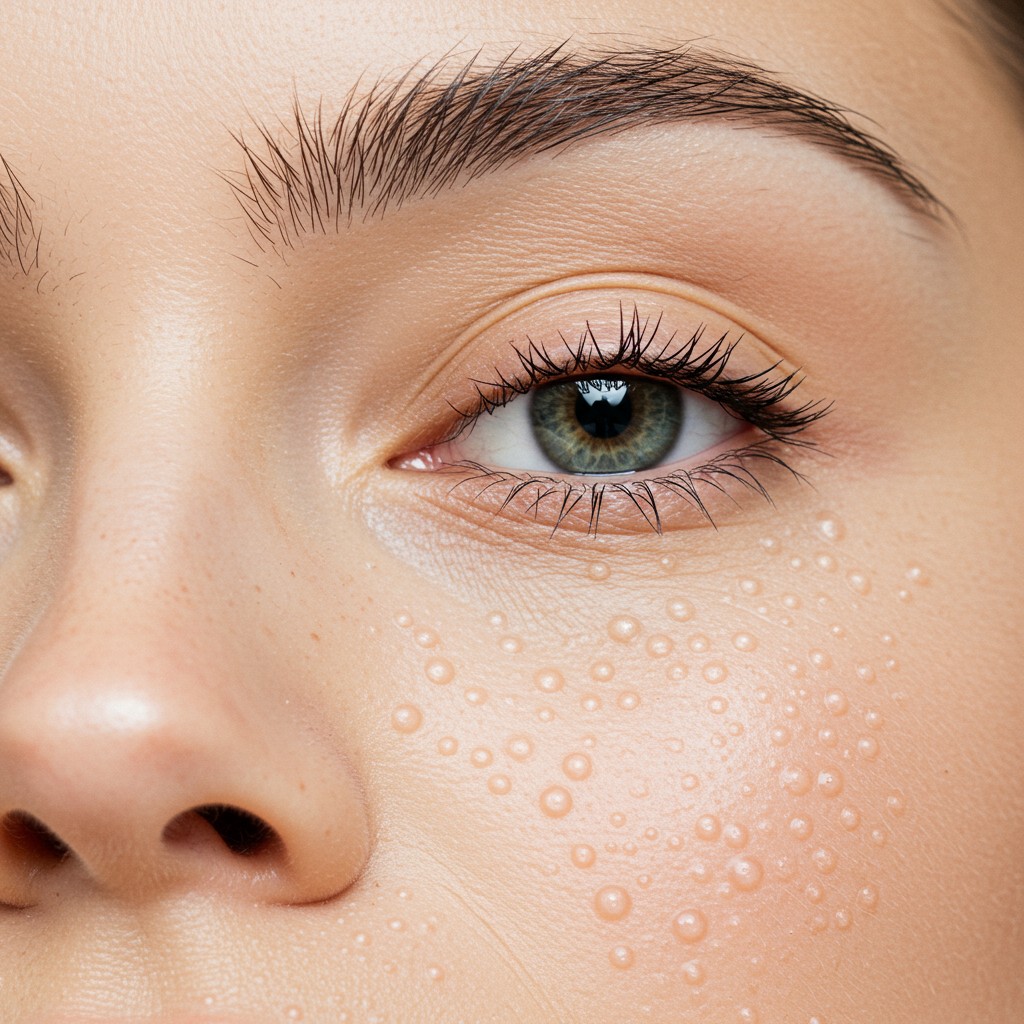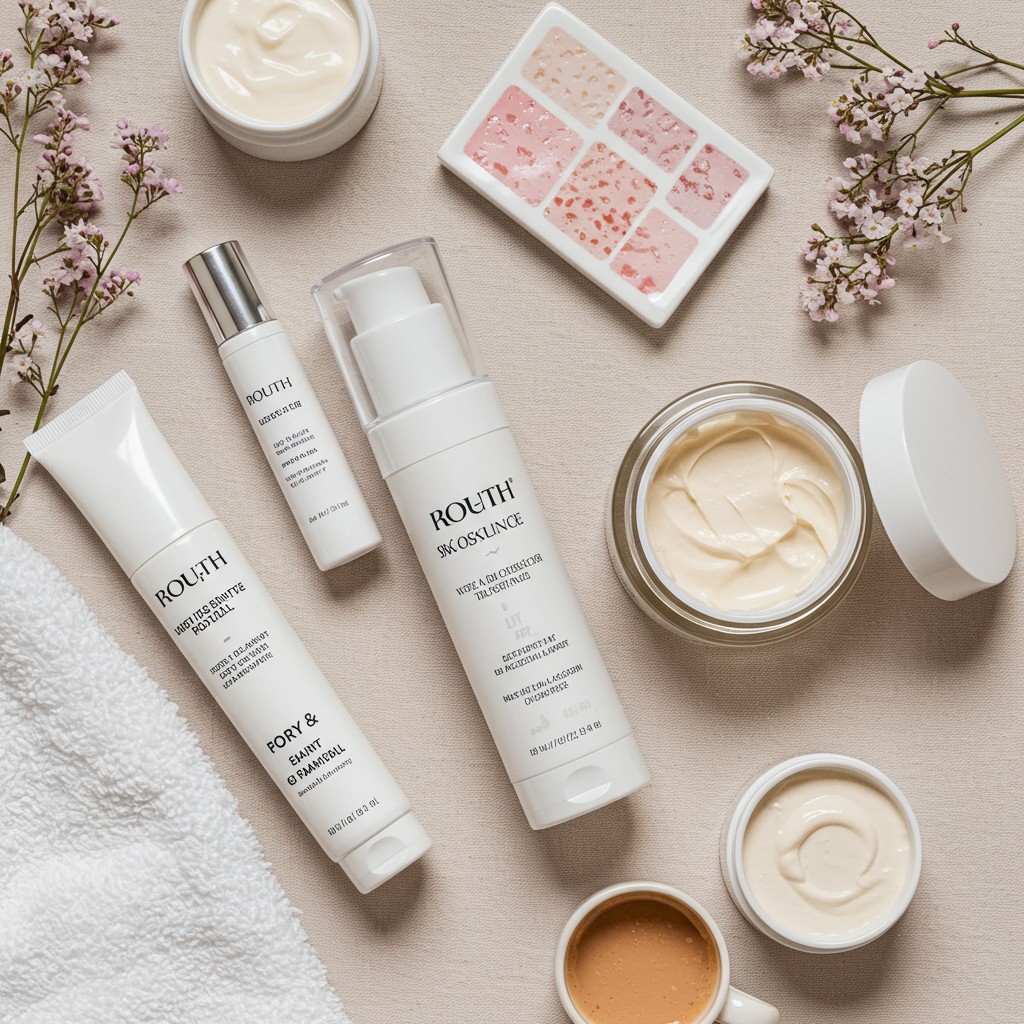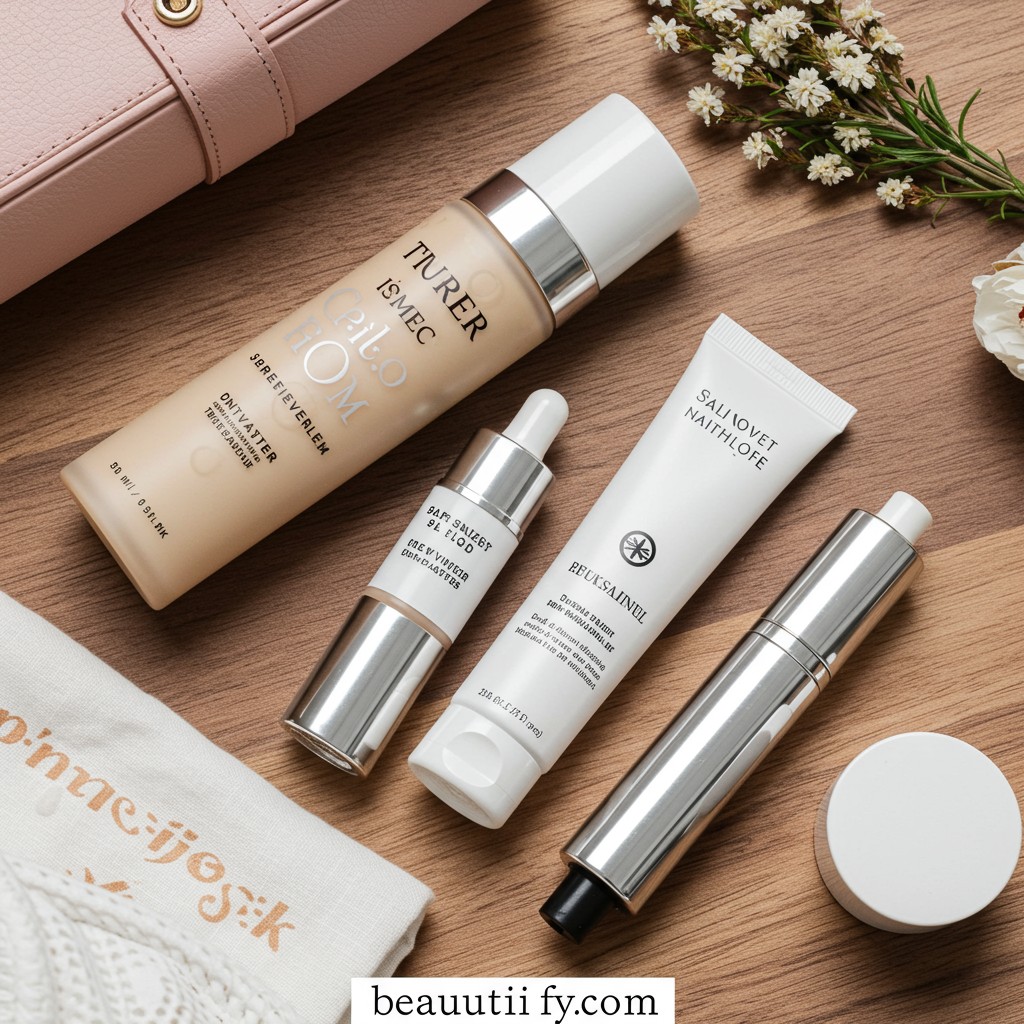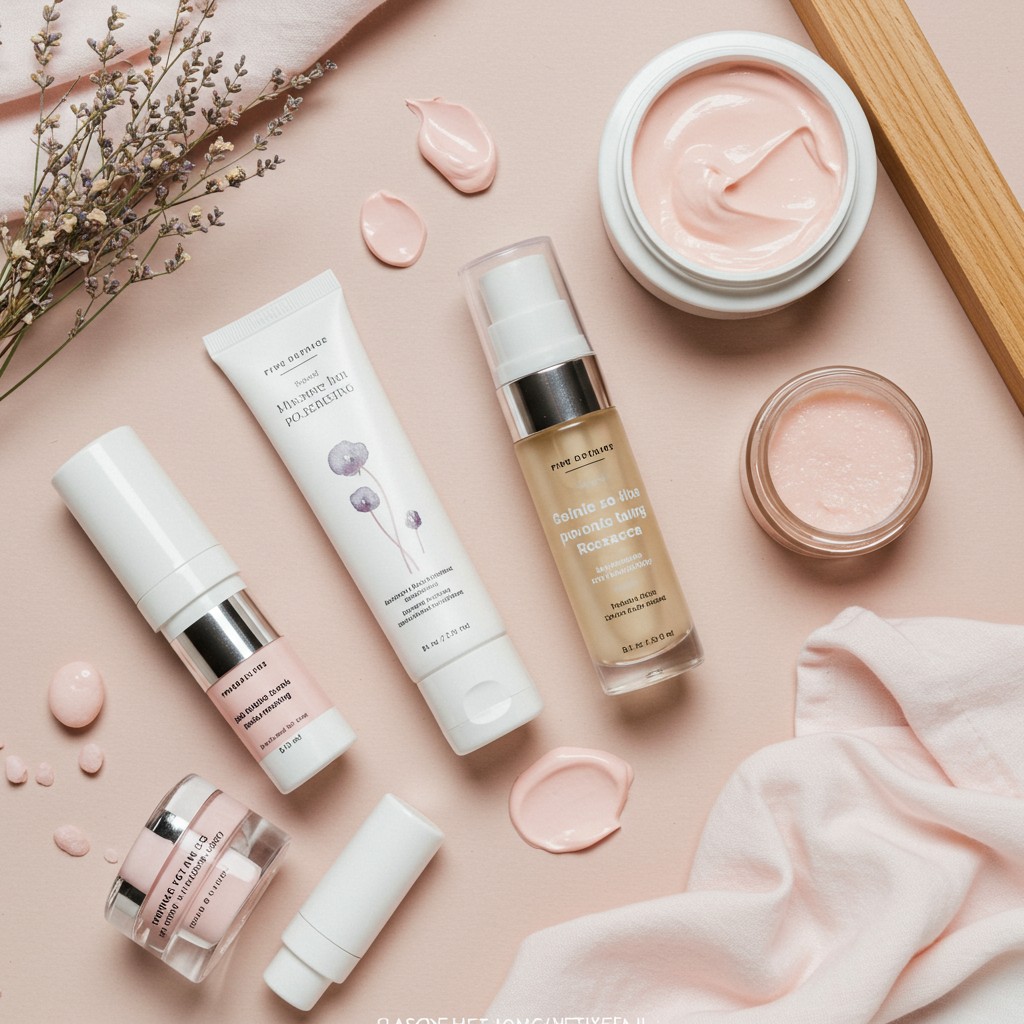Have you ever noticed tiny, hard, white bumps on your skin, often around your eyes or cheeks? These are likely milia, and they are a common and harmless skin concern. Unlike a pimple, milia are not a sign of clogged pores but are small cysts that form when keratin—a protein found in skin, hair, and nails—becomes trapped beneath the surface. While they aren’t dangerous, they can be stubborn and cosmetically bothersome. At ScentSphere, we want to help you understand your skin better, so here’s our guide on how to get rid of milia safely.
The number one rule of milia removal is to be patient and gentle. Attempting to squeeze or pop them can lead to scarring and infection. Instead, the focus should be on a consistent skincare routine with exfoliating ingredients that can help break them down over time and prevent new ones from forming. Let’s look at the causes and the best approach to managing them.
What causes milia to form
Understanding what causes milia can help in both treatment and prevention. They form when dead skin cells don’t shed properly and get trapped, mixing with keratin to create a small, hard pearl just under the skin’s surface. Several factors can contribute to this:
- Use of heavy creams: Thick, occlusive creams and oils can sometimes prevent the skin from shedding cells normally, especially around the delicate eye area. This is a common cause of milia under eyes.
- Sun damage: Long-term sun exposure can make the skin’s surface thick and leathery, making it harder for dead cells to be shed from the pores.
- Lack of exfoliation: Without regular exfoliation, dead skin cells can build up and lead to the formation of milia.
The best products and ingredients for milia
The secret to safe milia removal at home is incorporating gentle, regular exfoliation into your routine. This encourages cell turnover and helps to dislodge the trapped keratin. The best products for milia often contain chemical exfoliants, which are more effective and gentler than harsh physical scrubs.
Alpha Hydroxy Acids (AHAs): Look for cleansers, toners, or serums with glycolic acid or lactic acid. These ingredients work on the surface of the skin to dissolve the ‘glue’ that holds dead skin cells together, allowing them to be sloughed away.
Salicylic Acid (BHA): While known for being oil-soluble and great for acne, salicylic acid is also an effective exfoliant for milia, helping to break down the keratin plug.
Retinoids: Products containing retinol or other retinoids are fantastic for speeding up cell turnover. This helps to bring the milia to the surface and shed it, as well as prevent new ones from forming. Start with a low concentration and use it only a few times a week to allow your skin to adjust. You can find some excellent gentle retinol serums in the ScentSphere shop.
What you should never do
It can be incredibly tempting to try and pop or squeeze a milium, but you must resist the urge. Milia are not like pimples with a connection to the surface; they are hard cysts trapped under the skin. Trying to extract them yourself is highly likely to cause inflammation, bleeding, and permanent scarring. If your milia are particularly stubborn or you want them removed quickly, it’s always best to see a dermatologist or a qualified esthetician who can extract them safely and sterilely.
What causes milia to form on skin
Milia form when keratin a protein in the skin gets trapped beneath the surface. This is often caused by a buildup of dead skin cells due to a lack of exfoliation the use of heavy skincare products or sun damage.
Should I try to pop or extract milia myself
No you should never try to pop or extract milia yourself. They are hard cysts without an opening so trying to squeeze them can damage your skin leading to inflammation infection and permanent scarring.
Which skincare ingredients help prevent milia
Ingredients that promote cell turnover are best. Look for chemical exfoliants like glycolic acid and salicylic acid as well as retinoids. These help to keep the skin clear of the dead cell buildup that can lead to milia.






